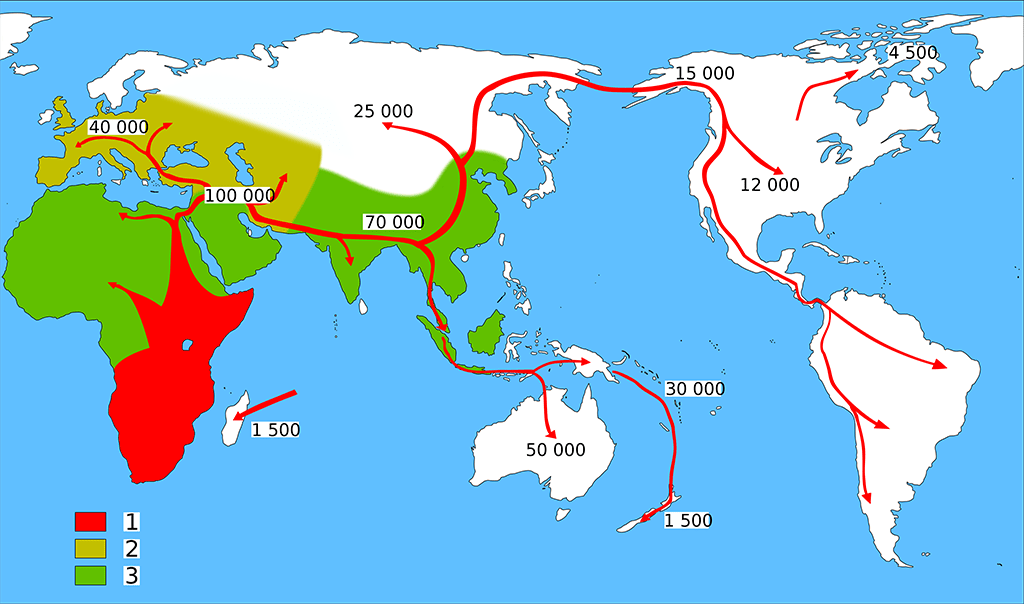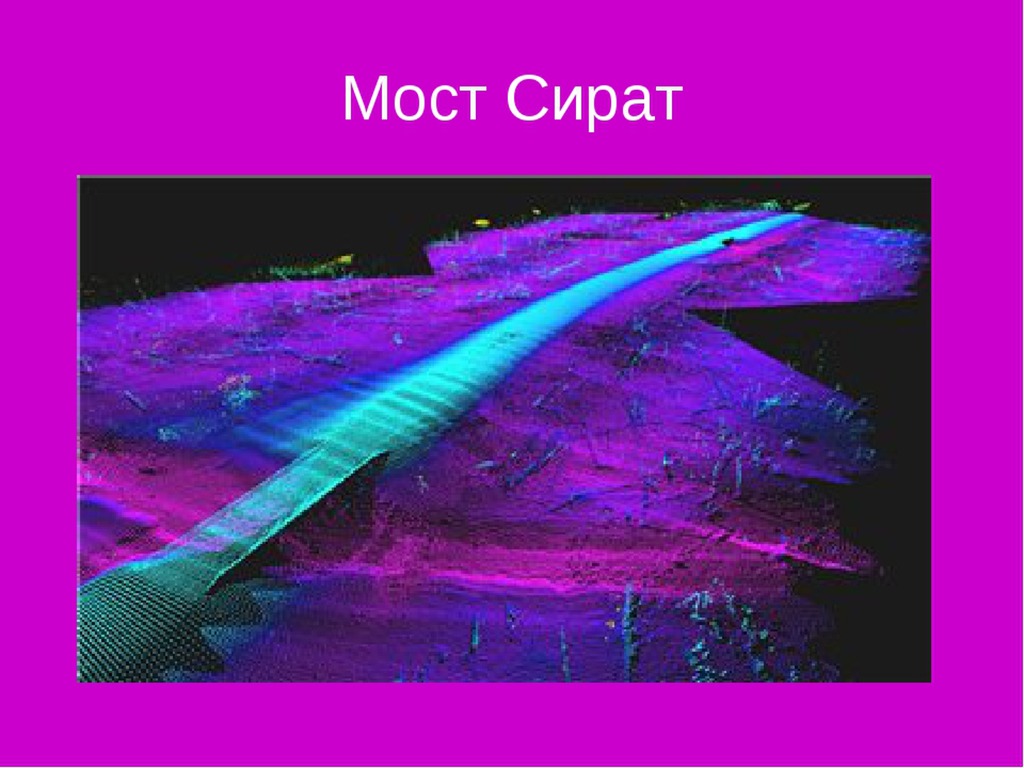
Early American Migration
Early American Migration
Discover the fascinating history of Early American Migration. Explore how ancient peoples traveled across Beringia to establish great civilizations like the Maya and Inca.

Early American Migration
The story of Early American Migration sheds light on how ancient peoples came to inhabit the Americas, establishing vibrant cultures and civilizations. When Christopher Columbus arrived in the New World, he found diverse peoples with distinct traditions, now known as Native Americans, American Indians, and other tribal identities. These groups thrived across North, Central, and South America, building iconic civilizations like the Maya and Inca.
The Journey Across Beringia
Anthropologists believe that the ancestors of Native Americans migrated to the Americas approximately 12,000–14,000 years ago. They traveled from Eurasia via Beringia, a land bridge that once connected Siberia (Russia) and Alaska (USA). This migration occurred in several waves, with groups gradually moving southward and spreading across the continents.

Evidence Supporting the Migration Theory
This migration theory is supported by multiple lines of evidence:
- DNA Testing: Genetic studies reveal connections between Native Americans and Asian populations.
- Archaeology: Artifacts and skeletons unearthed across the Americas provide a timeline of settlement.
- Linguistics: Similarities in languages suggest shared origins among tribes and regions.
Alternative Theories
While the Beringia migration theory is widely accepted, some researchers propose that not all Native Americans came from Asia. Evidence of diverse origins continues to fuel debate among anthropologists and historians, adding depth to the story of Early American Migration.

Conclusion
The migration of ancient peoples to the Americas laid the foundation for rich, complex civilizations that still inspire awe today. Understanding this journey not only connects us to the past but also helps preserve the heritage of Native cultures for future generations.
References and Further Reading
- Early American Migration | Www.Crystalinks.Com





Responses